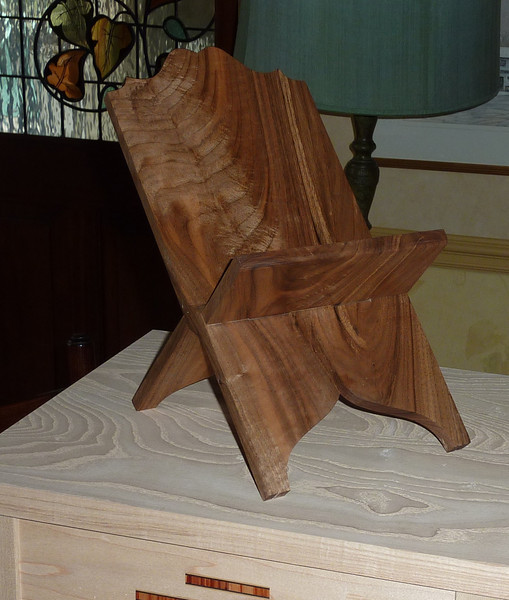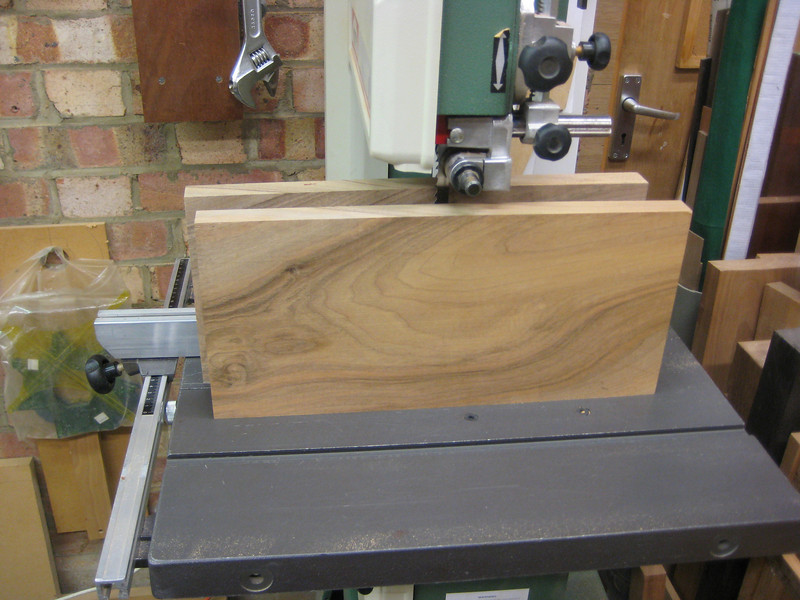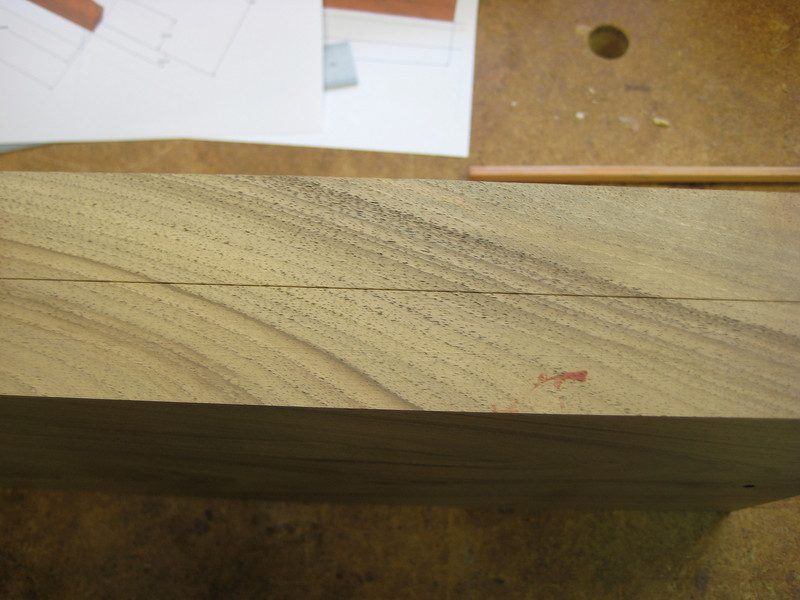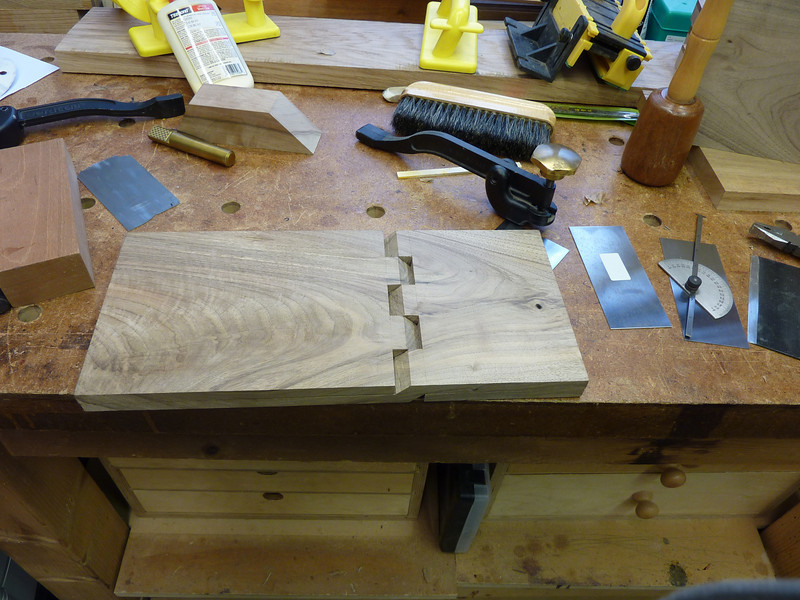Chris Knight
Established Member
A recent posting of this little bookstand by Dave R in this post


intrigued me enough to have a go at making it. In principle, it's easy but in practice., I found it quite challenging. What was particularly difficult, at least the way I did it was separating the two halves of the board once I had cut the angled mortices and bandsawn the two leaves as far as the joint. I thoughtl I could knife through the wood remaining between the fingers - not so and in the process of trying, I broke off a couple of blades in the cuts and couldn't get them out. needless to say the presence of a piece of blade hindered further work in the cut!
I finally tried drilling though with a fine bit and using a hand-held piercing saw blade to complete the cuts. This didn't work well either as I was unable to maintain. the line of the cut very well and I ended up breaking blades and leaving more steel inside the cuts.
Finally in frustration, I decided there was nothing for it but brute force, reasoning that I had removed enough material that the wood remaining between the fingers would shear - it did but not before breaking one of the leaves in two (unsurprisingly, the one with only two fingers).
I was able to glue them together and the join is not very visible fortunately. More of a problem is the poor surface between the fingers created when I sheared the joints loose. Still, overall it looks not bad.
If I were to do another I would not aim for trying to get a very fine cut between the fingers. Instead, I would try to use an electric jigsaw blade as the tool to separate them, although starting the cut would still be bit of problem.
Also, because I was concerned about the strength of the fingers, I started with a board one inch thick but this was probably a mistake as it made for more wood to cut through to separate the two halves. I might have managed with the craft knife blades if the wood head been say only 3/4 inch to start with.


intrigued me enough to have a go at making it. In principle, it's easy but in practice., I found it quite challenging. What was particularly difficult, at least the way I did it was separating the two halves of the board once I had cut the angled mortices and bandsawn the two leaves as far as the joint. I thoughtl I could knife through the wood remaining between the fingers - not so and in the process of trying, I broke off a couple of blades in the cuts and couldn't get them out. needless to say the presence of a piece of blade hindered further work in the cut!
I finally tried drilling though with a fine bit and using a hand-held piercing saw blade to complete the cuts. This didn't work well either as I was unable to maintain. the line of the cut very well and I ended up breaking blades and leaving more steel inside the cuts.
Finally in frustration, I decided there was nothing for it but brute force, reasoning that I had removed enough material that the wood remaining between the fingers would shear - it did but not before breaking one of the leaves in two (unsurprisingly, the one with only two fingers).
I was able to glue them together and the join is not very visible fortunately. More of a problem is the poor surface between the fingers created when I sheared the joints loose. Still, overall it looks not bad.
If I were to do another I would not aim for trying to get a very fine cut between the fingers. Instead, I would try to use an electric jigsaw blade as the tool to separate them, although starting the cut would still be bit of problem.
Also, because I was concerned about the strength of the fingers, I started with a board one inch thick but this was probably a mistake as it made for more wood to cut through to separate the two halves. I might have managed with the craft knife blades if the wood head been say only 3/4 inch to start with.




































